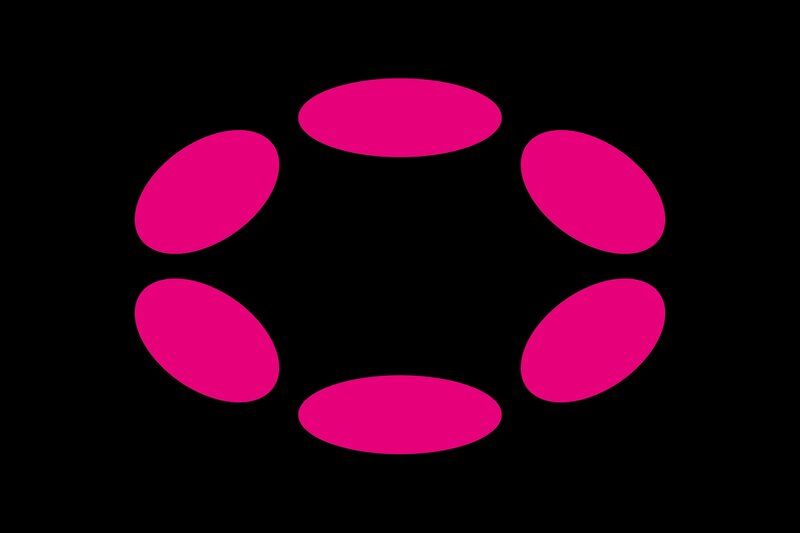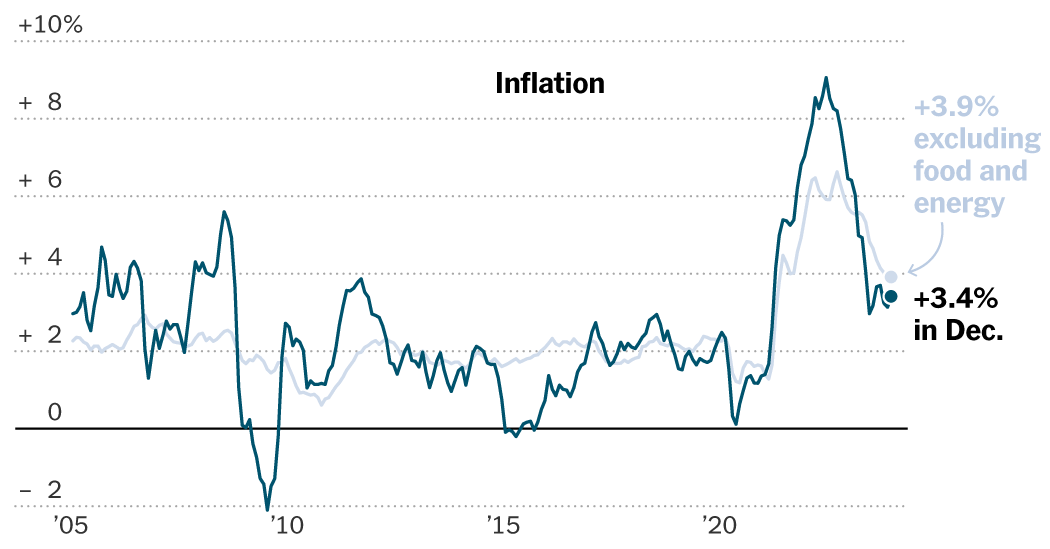Frank McCourt, who leads Project Liberty and the Frequency blockchain network, sees TikTok as the perfect fit for a decentralized internet model. He wants to merge TikTok with the platform to give users, not corporations, control over data, algorithms and privacy.
McCourt believes this will bring the best of blockchain technology to TikTok’s large user base, adding more value for both creators and users.
TikTok, the popular social media platform with over 1.5 billion monthly active users, has been labelled by the US government as a potential Chinese spying tool. This has led to calls for its parent company, ByteDance, to divest from its US operations.
With around 150 million users in the United States, McCourt made an unexpected offer to acquire TikTok and merge it with Polkadot.
According to Alpha Airdrop, McCourt’s interest in TikTok aligns with his broader strategy of leveraging blockchain technology to decentralize internet governance.
McCourt’s Project Liberty has already announced plans to bring TikTok onto the blockchain using Polkadot’s infrastructure. McCourt believes this strategy could make TikTok a test case for blockchain’s capabilities to manage data ownership and privacy issues at scale.
However, the challenge is enormous, the Alpha Airdrop analyst said.
TikTok's massive data load, with around 34 million videos uploaded daily, is difficult for any blockchain to handle, he added. Most blockchains struggle with such heavy data processing and often experience slowdowns or outages even with simpler tasks.
However, McCourt is confident that Polkadot, especially with its upcoming 2.0 upgrades, can handle it. These upgrades are meant to increase Polkadot’s scalability, allowing it to run large-scale applications without losing performance.
McCourt’s initiative, dubbed “The People’s Offer,” seeks to integrate TikTok with Frequency, a decentralized protocol already successfully tested on the social media app MeWe, which has more than 20 million users.
Polkadot, created by co-founder Gavin Wood, is now a leading platform for decentralized applications. Its design allows for multiple specialized blockchains to run at the same time, making it more efficient at managing large amounts of data.










